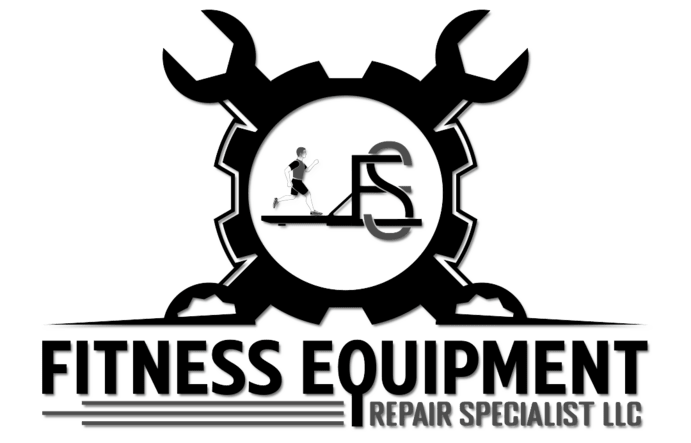
Top 5 Signs Your Gym Equipment Needs Immediate Repair
March 28, 2024
The Role of Technology in Modern Gym Equipment Repair
March 29, 2024Installing exercise equipment at home may be a fun project that gives you convenience and flexibility when it comes to your exercise regimen. However, especially for complicated or large equipment, the assembling process can occasionally be intimidating and overwhelming. You should approach the work of assembling your home gym with cautious planning and preparation if you want to ensure a hassle-free experience and have it up and running quickly. We’ll present you helpful hints in this post to speed up assembly and simplify the setup of your exercise equipment.
-
Carefully read the instructions
Read the manufacturer’s instruction booklet carefully before you start constructing your exercise equipment. Learn the assembly procedures, necessary tools, and safety measures listed in the handbook. To prevent potential hazards and guarantee a secure and effective assembly procedure, pay strict attention to any warnings or specific instructions.
-
Arrange Your Area of Work
Establish a specific place in your home, preferably one that is roomy and has enough ventilation and lighting, for constructing your exercise equipment. Remove any debris and obstructions from the area to give yourself enough space to move around and do your job well. Organise and arrange all the parts and instruments needed for assembly so that it will be simple to find and retrieve what you need as you work your way through the procedure.
-
Assemble the Required Equipment
Ensure you have all the necessary tools before starting to assemble your exercise equipment. A list of suggested tools, which can include pliers, wrenches, Allen keys, and screwdrivers, can be found in the instruction manual. Having the proper equipment on available will facilitate assembly and lessen the chance of delays or frustration brought on by misplaced or insufficient tools.
-
Seek Assistance When Required
Assembling certain exercise equipment, especially the larger or heavier pieces, could call for assistance. Never be afraid to ask a friend or family member for assistance when lifting and arranging parts, particularly when building bulky equipment like weight benches or treadmills. An additional pair of hands can help to make assembly safer and easier to handle.
-
Give It Your All
It could be tempting to speed through the assembly process, but in the end, taking your time and working systematically can produce superior results. Pay close attention to every step in the assembly instructions and make sure you are correct and precise by double-checking your work as you go. It’s important to move slowly and pay close attention to every detail during the assembly process to avoid errors, misalignments, and even safety risks.
-
Use the buddy system
To ensure the safe handling of large, heavy, or awkward workout equipment that needs to be lifted or moved, think about utilizing the buddy system. Always bend at the knees and employ safe lifting techniques while handling large machinery or components to prevent strain or damage. To assist with weight distribution and facilitate the transportation of big equipment, consider using lifting straps or a dolly, if feasible.
-
Examine Your Gear
Make sure your exercise equipment is operating properly by testing it after you’ve finished assembling it. Examine every part and feature, including the stability of a weight bench, the resistance levels of a stationary bike, and the pace of the treadmill. Look for any odd sounds, vibrations, or malfunctions that might point to equipment flaws or assembly mistakes.
-
Fasten Unattached Parts
Make sure that all of the screws, bolts, and fasteners on your exercise equipment are firmly tightened by carefully inspecting each piece once it has been assembled. To ensure the stability and safety of your equipment, you must inspect it for any indications of looseness or instability. To keep loose nuts and screws from coming looser over time, use thread-locking adhesive and tighten any that are loose with a wrench or screwdriver.
-
Keep the Appropriate Safety Clearance
Make sure you leave enough space between each piece of exercise equipment while setting it up to avoid mishaps or injuries while using it. To ensure safe operation and convenience of access, leave enough space between machines and walls. For a safe and effective home gym, see the manufacturer’s recommendations and abide by the minimum clearance requirements.
-
Take Into Account Expert Assembly Services
Consider hiring professional assembly services to put up your exercise equipment if you’re feeling overwhelmed by the assembly process or if you don’t have enough time or technical know-how. For an extra cost, several manufacturers provide assembly services, sending out skilled specialists to build your equipment accurately and swiftly. Even though there can be an additional fee associated with this option, it can save you time and effort and guarantee that your equipment is constructed correctly and safely from the beginning.
In conclusion, with the correct planning and strategy, installing exercise equipment at home may be a fulfilling experience. You can guarantee a hassle-free assembly setup and take advantage of a fully functional home gym by carefully reading the instructions, organizing your workspace, gathering the necessary tools, hiring help when needed, taking your time, using proper lifting techniques, testing your equipment, securing loose components, maintaining safety clearance, and thinking about professional assembly services. In the comfort of your own home, you may reach your fitness objectives with a little perseverance and attention to detail.

